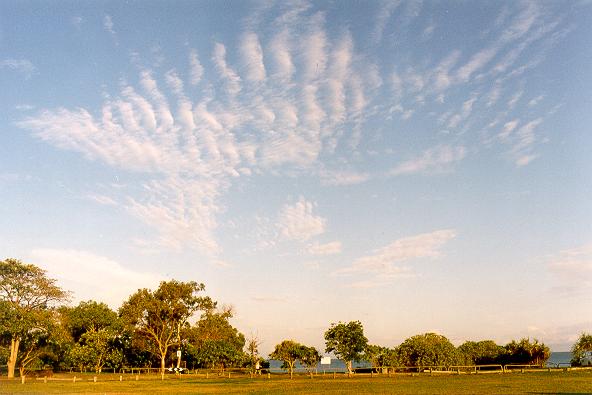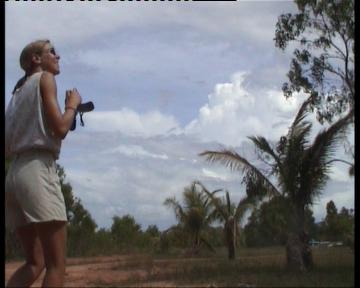
Research Scientist

 |
M. Joan Alexander Research Scientist |
 |
Publications - Research - Field Campaigns - Vitae - Miscellaneous - Contact
Global Modelling Studies
The Alexander and Dunkerton (1999) parameterization for
gravity wave wind tendencies (or drag) has been
employed in several internationally prominent climate
models: (1) the National Oceanic and Atmospheric Administration/Geophysical Fluid Dynamics
Laboratory (NOAA/GFDL) Flexible Model System (FMS) [Austin and Wilson, 2006], (2) the National Aeronautics and Space
Administration (NASA) ModelE [Geller et al., 2011], and (3) the
Max Planck Institute for Meteorology (MPI) ECHAM5 model
[Schirber et al., 2014]. It has also been employed in numerous
mechanistic and theoretical model studies.
With Postdoctoral Researcher Laura Holt, we are studying resolved gravity waves in NASA's "Nature Run", a global 7-km-resolution model that extends to the mesosphere. With this model tool, we investigate a variety of sources of gravity waves, their propagation, and their interaction with the general circulation. See Holt et al. [2014] for a recent example.
We are also studying tropical waves generated by convection in
idealized global models. This work utilizes the global
measurements of precipitation from satellite experiments
including the Tropical Rainfall Measuring Mission (TRMM) and the
Global Precipitation Mission (GPM). Estimating high-frequency
variability in the latent heat release associated with the
precipitation permits us to model the atmospheric waves
generated as a result of this latent heating. See our work Ortland and Alexander [2014] for a recent example.